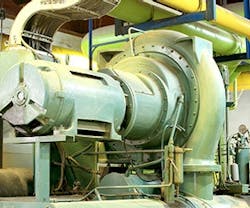EPA to Limit Use of HFC Refrigerants
The EPA has proposed changes to its hydrofluorocarbon (HFC) refrigerant policy that will increase the amount of approved alternatives while eliminating some HFCs from use in the U.S. The changes, which come as part of President Obama’s Climate Action Plan, are estimated to avoid the equivalent of 11 million metric tons of CO2 emissions by 2030. This measure is critical as HFC emissions are up to 10,000 times as potent as carbon dioxide.
The proposed rules would remove the EPA’s approval for use of some refrigerant products with higher global warming potential, including some used in air conditioning as well as refrigeration equipment like chillers. New refrigerant solutions that are more environmentally friendly than HFCs will be approved under the agency’s Significant New Alternatives Policy (SNAP). Comments on the new rules will be accepted until May 13, 2016. Learn more about the new proposal at the EPA’s website.
